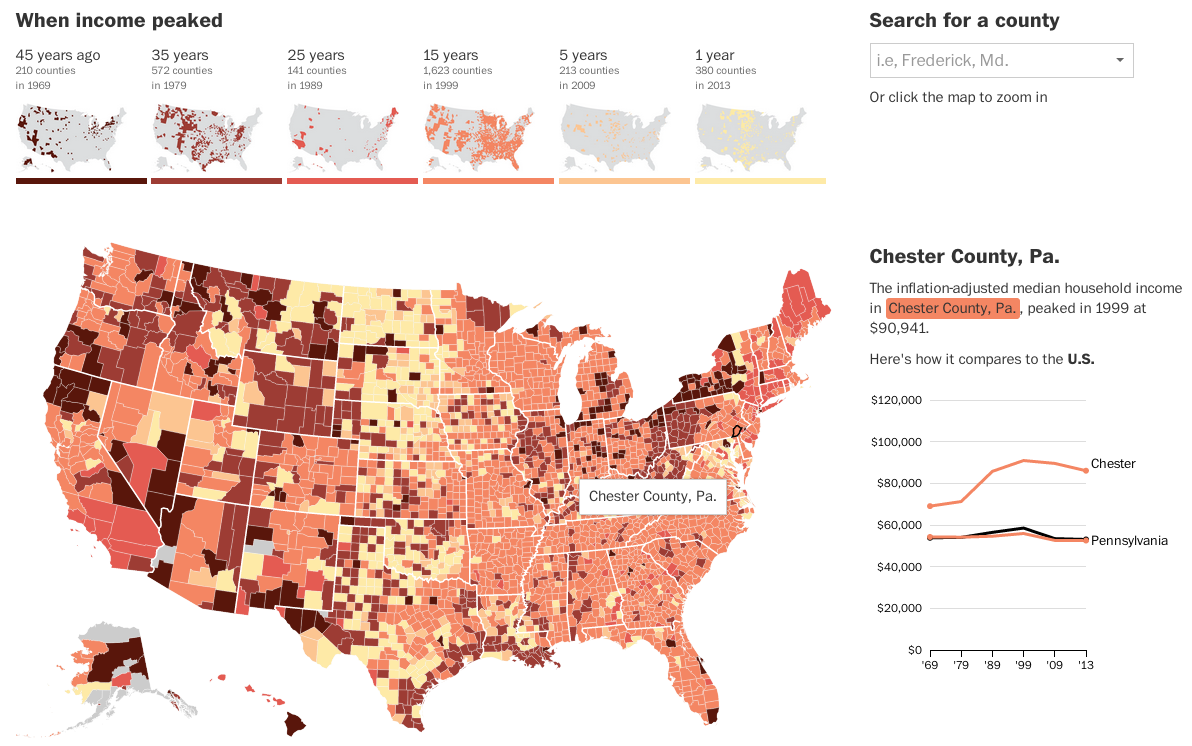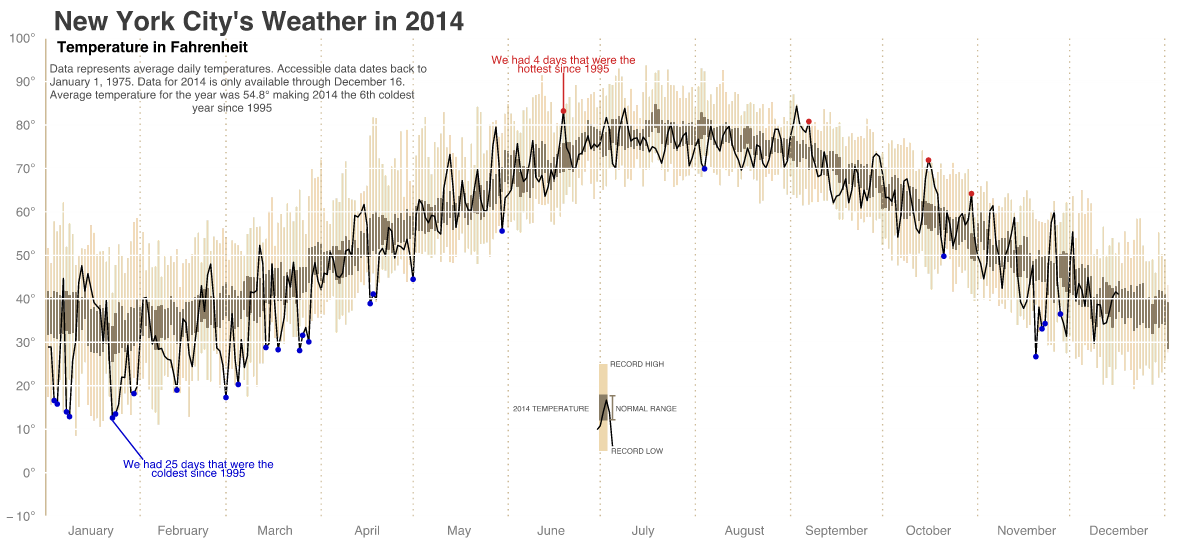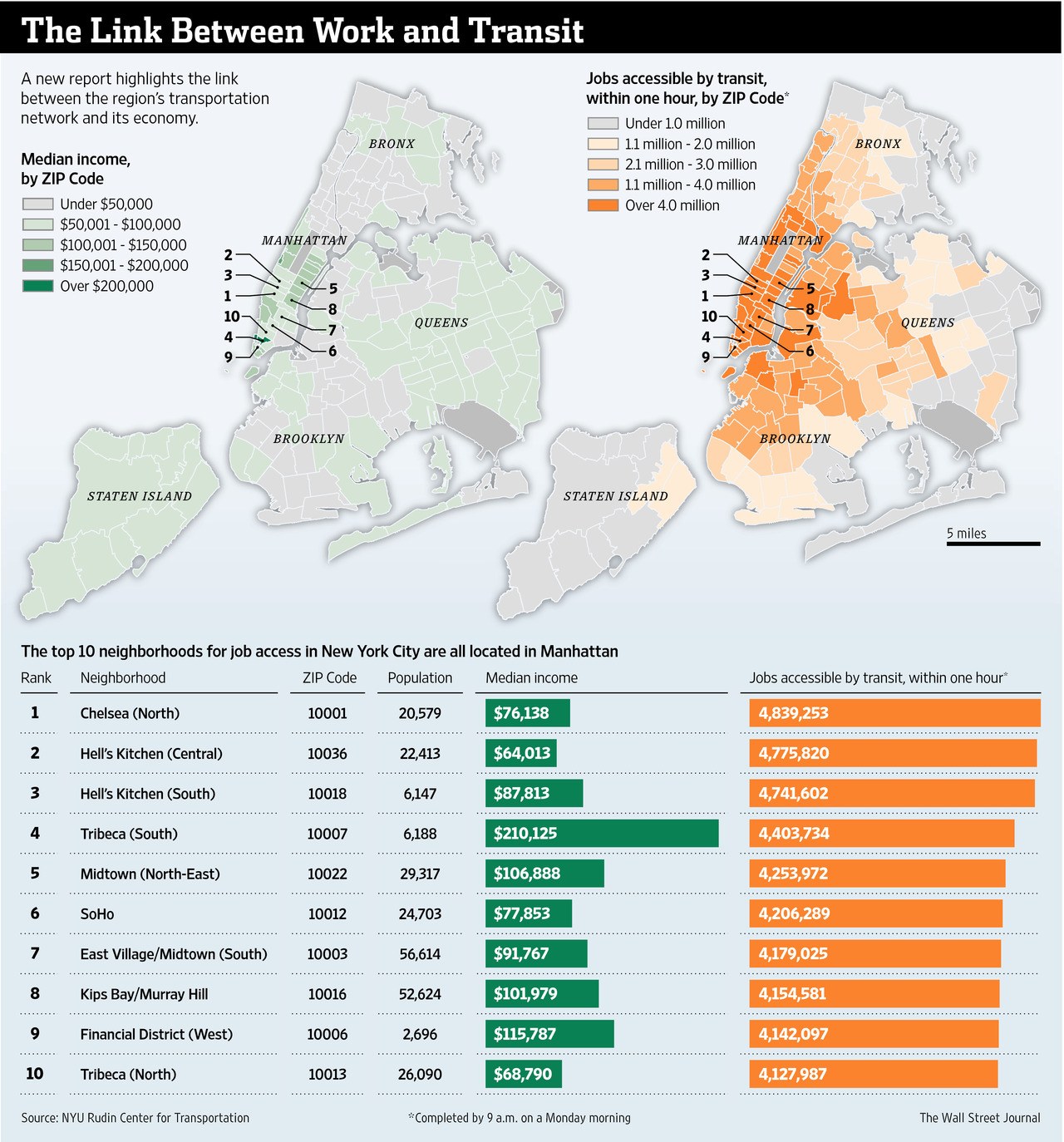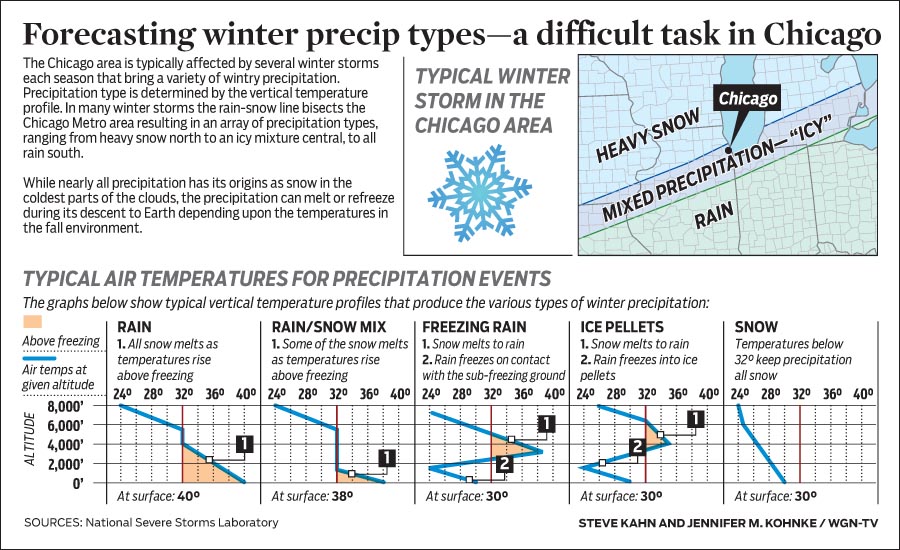The last week or two have seen some interesting announcement regarding Republican potential presidential candidates. Seems pretty early no? Well, FiveThirtyEight looked at the timing of the announcements and found that it’s quite normal to be announcing this early. The data was summarised in this great dot plot/box chart.

Credit for the piece goes to Ritchie King.









